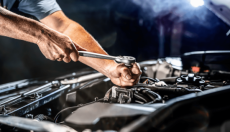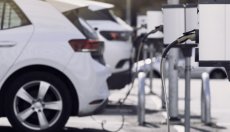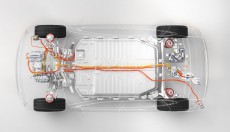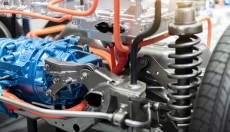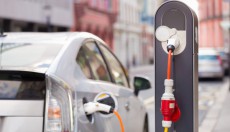The ongoing automotive right-to-repair debate in the US saw heightened activity in February with a new federal legislative proposal called the Safety as First Emphasis (SAFE) Repair Act presented to Congress by a group of three organizations representing service professionals and automakers. The move triggered sharp reactions from other organizations that also represent the service industry and the independent aftermarket who are pushing for another right-to-repair proposal called the REPAIR Act...
AftermarketInsight
